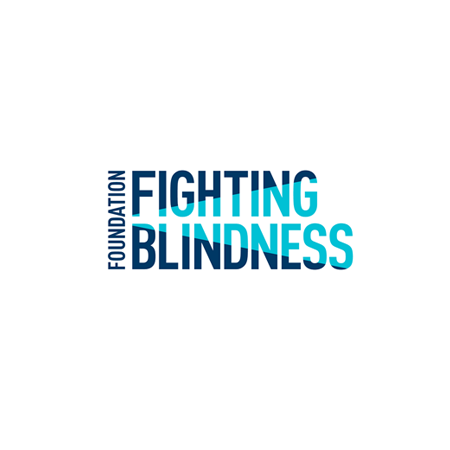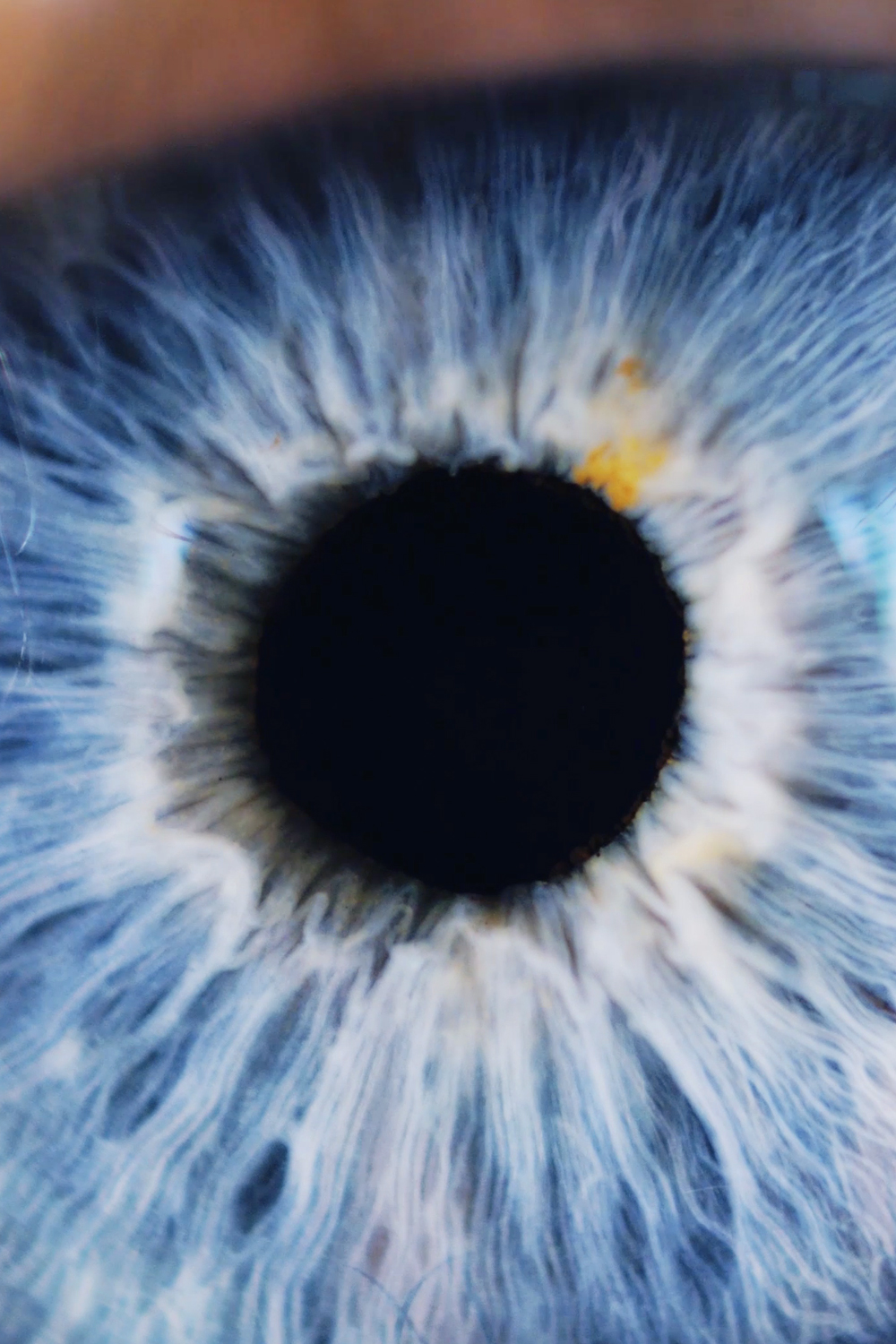The Retina
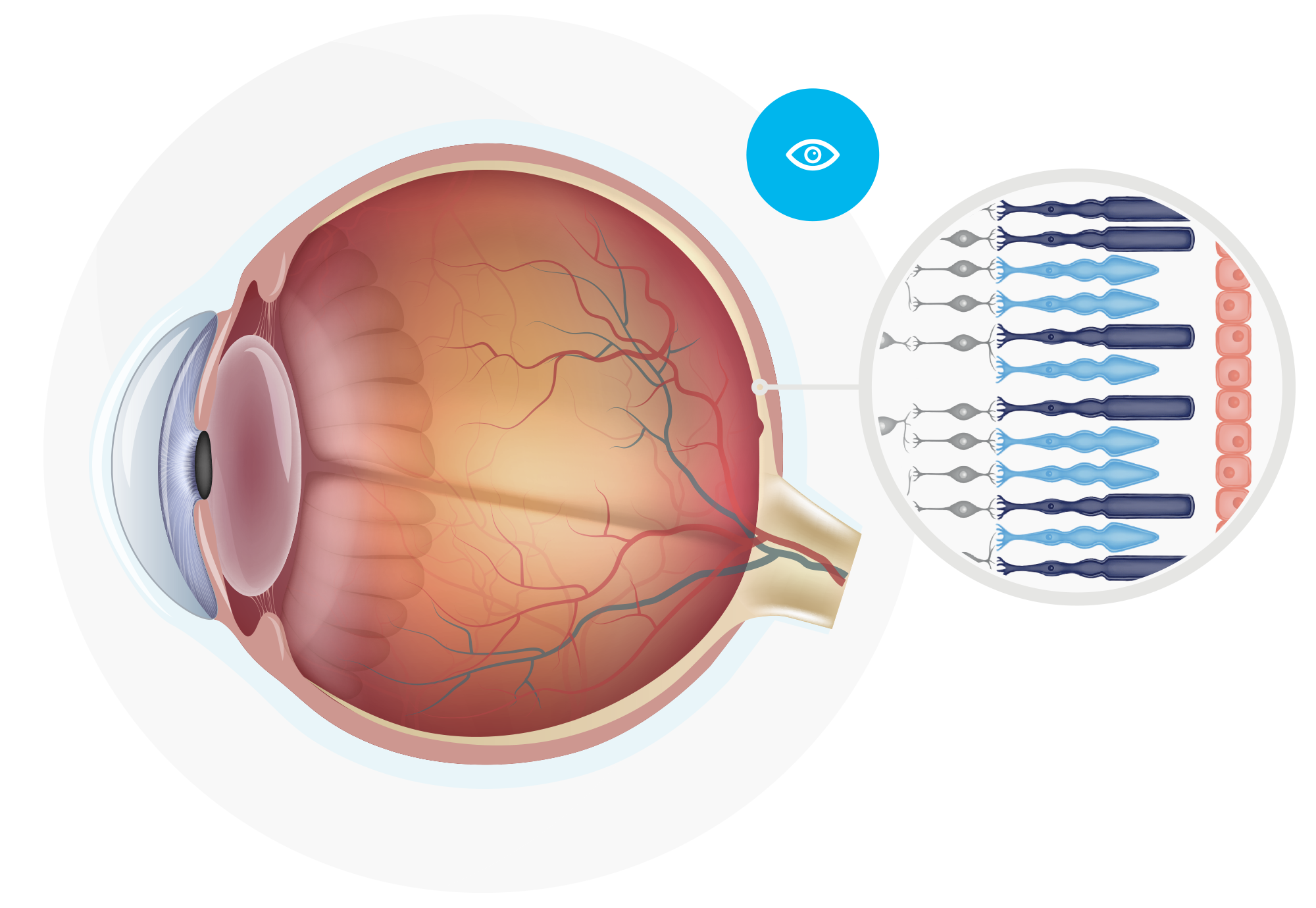
Retinitis Pigmentosa (RP) is a group of rare, genetic disorders that involve a breakdown and loss of cells in the retina, which is the light sensitive tissue that lines the back of the eye.

Mild
Mutations in rod
photoreceptor transcripts
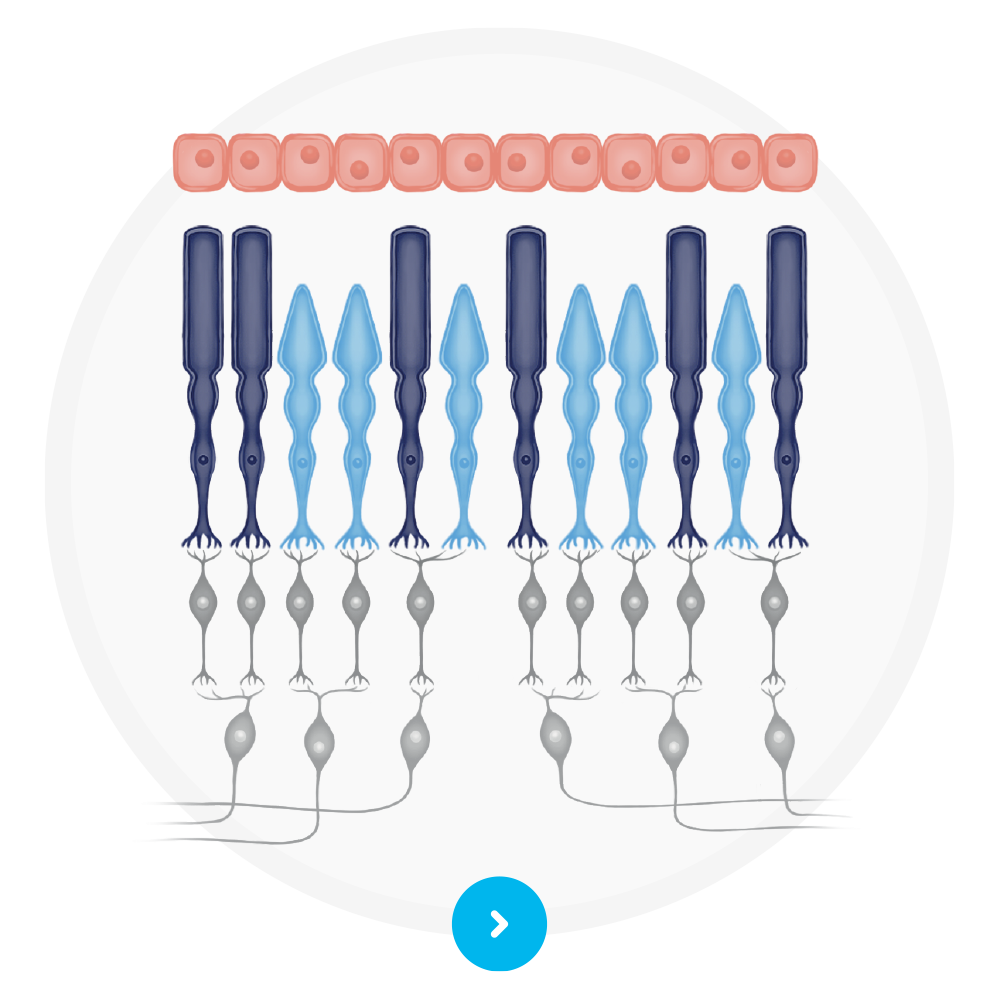


Moderate
Loss of rods
.
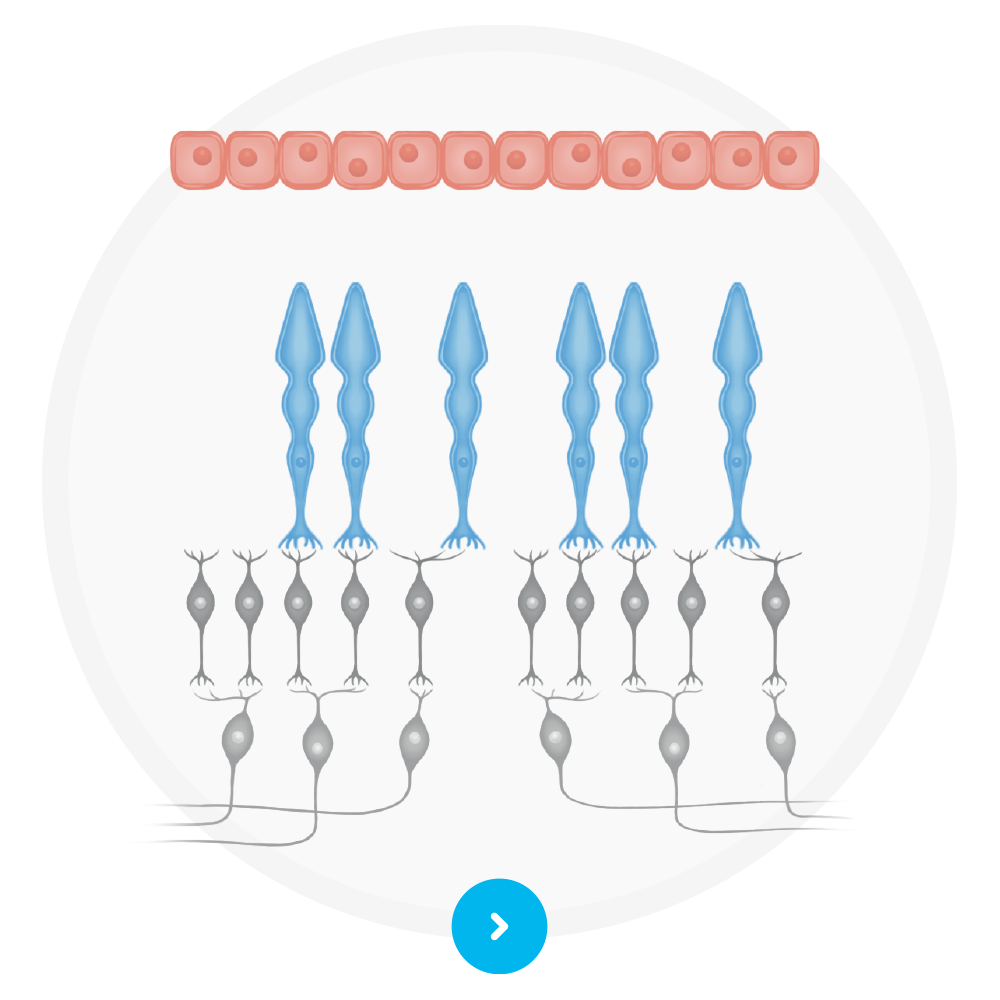


Severe
Degeneration of cones
outer segment
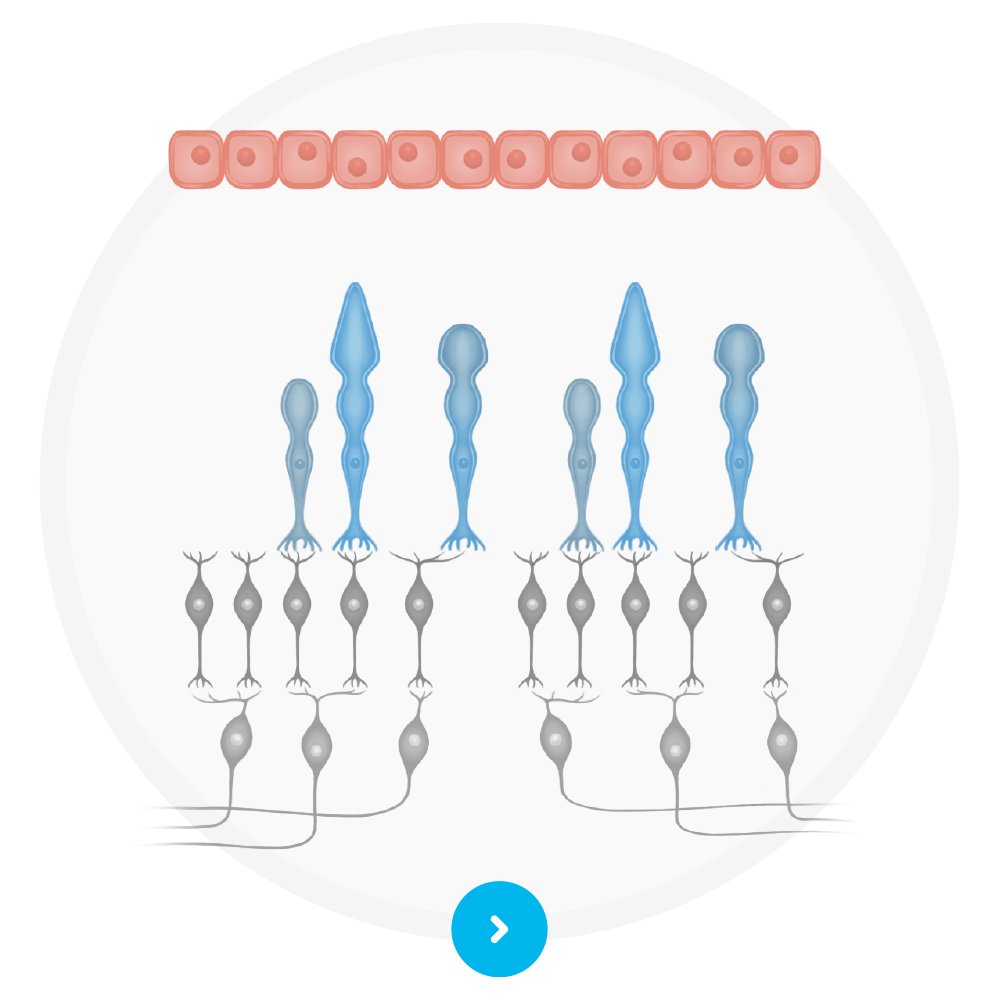


Blindness
Loss of cones
.
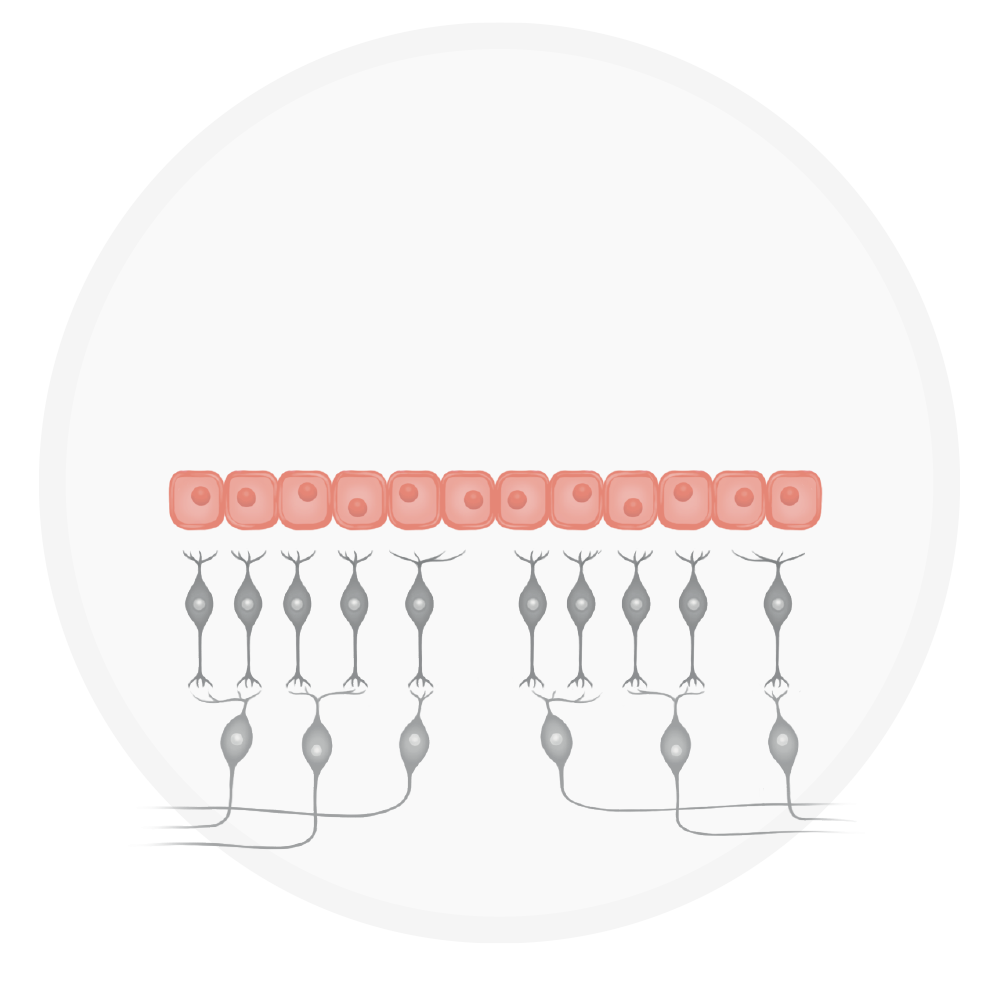

Common symptoms include initial difficulty seeing at night followed by a progressive loss of side (peripheral) vision and eventually complete blindness.
⊕ Patients with severe Retinitis Pigmentosa (RP) progressively lose peripheral and color vision. See how patients see with severe RP by dragging to the right.
What causes RP?
RP is an inherited disorder that results from harmful changes called “mutations” in any one of more than 80 genes (identified to date). These genes carry the instructions for making proteins that are needed for the normal function of the cells within the retina, called photoreceptors.
Some of the changes, or mutations, within these genes are so severe that the gene cannot make the required protein, limiting the cell’s function. Other mutations can cause the production of a protein that is toxic to the cell or lead to an abnormal protein that doesn’t function properly. In all three cases, the photoreceptors are damaged.
Scientific Discovery
Over the last 20 years, the scientific founders of SparingVision have, with the support of other world leaders in the space, identified the relation between the survival of rods and the protection of cones, the latter being essential to preserve vision in retinitis pigmentosa patients.





